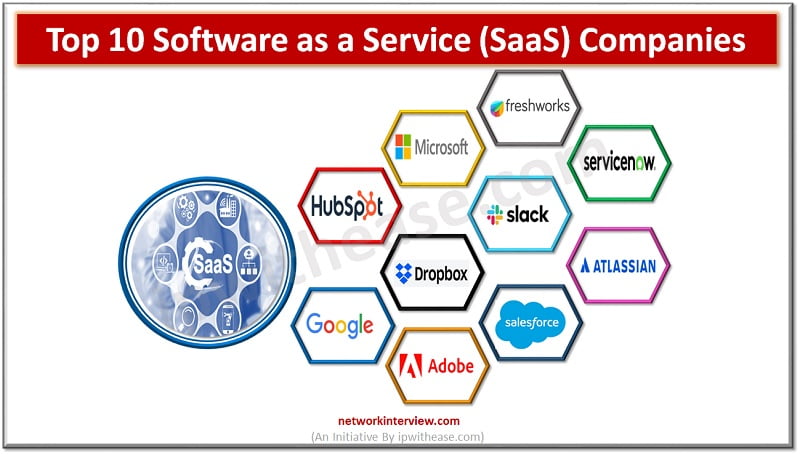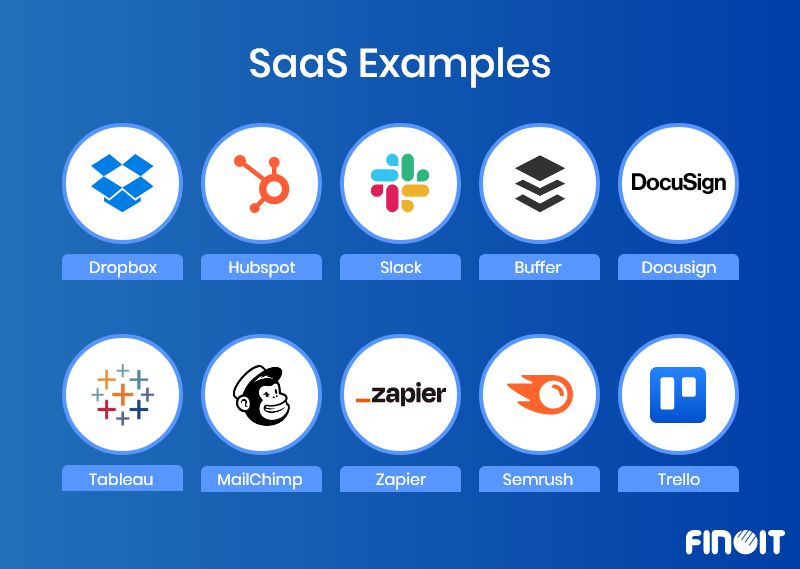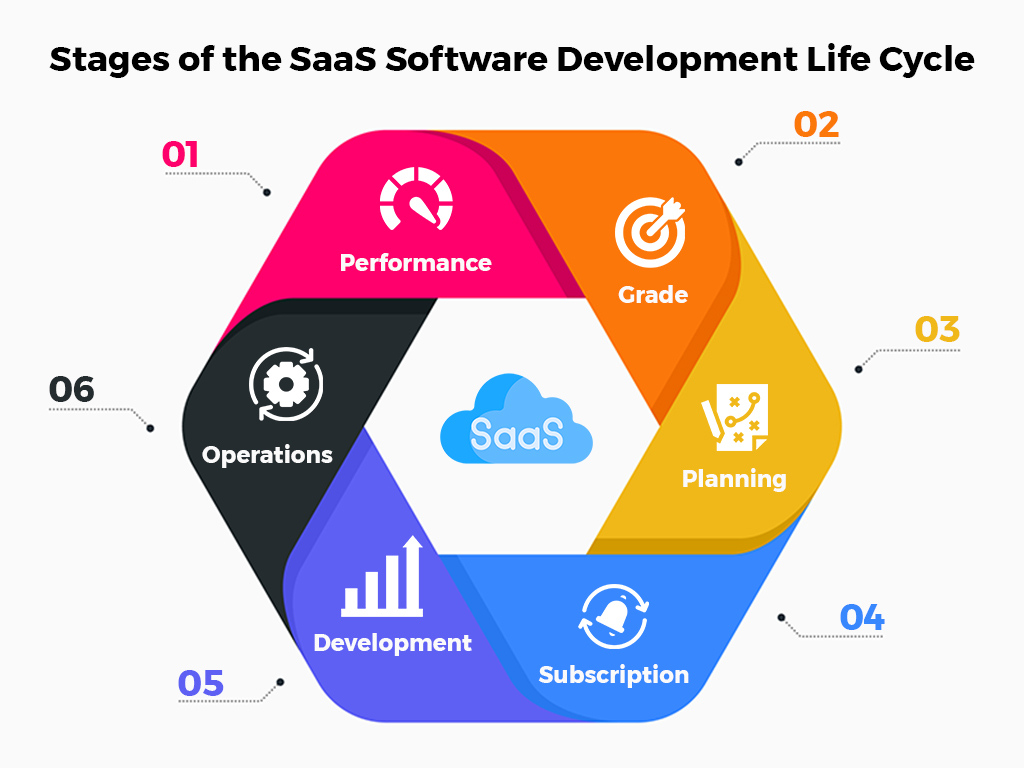Unlocking the Power of SaaS for Printed Circuit Board Design
The printed circuit board (PCB) design industry has undergone significant transformations in recent years, driven by the increasing demand for innovative and efficient design solutions. One key trend that has gained momentum is the adoption of software as a service (SaaS) business models for PCB design. SaaS-based solutions have revolutionized the way designers and engineers approach PCB design, offering a range of benefits that enhance design efficiency, collaboration, and innovation.
At its core, SaaS is a software delivery model that provides users with on-demand access to applications and data over the internet. In the context of PCB design, SaaS-based solutions offer a cloud-based platform for designing, simulating, and manufacturing PCBs. This approach eliminates the need for expensive hardware and software installations, reducing costs and increasing flexibility.
The SaaS model has gained popularity in the PCB design industry due to its ability to facilitate collaboration and innovation. Cloud-based platforms enable designers and engineers to work together in real-time, regardless of their geographical location. This leads to faster design cycles, improved design quality, and reduced errors.
Moreover, SaaS-based PCB design solutions provide users with access to a vast array of tools and features, including simulation and analysis capabilities, library management, and manufacturing integration. These features enable designers to create complex PCB designs with ease, while also ensuring that their designs are manufacturable and meet the required specifications.
As the PCB design industry continues to evolve, it is likely that SaaS-based solutions will play an increasingly important role. By providing designers and engineers with the tools and resources they need to create innovative and efficient designs, SaaS-based solutions are poised to revolutionize the way we approach PCB design.
How to Choose the Right SaaS Platform for Your PCB Design Needs
When selecting a SaaS platform for PCB design, it’s essential to consider several factors to ensure that the chosen solution meets your organization’s specific needs. With the growing popularity of software as a service (SaaS) business models for PCB, the options can be overwhelming. However, by evaluating the following key factors, you can make an informed decision and choose the right SaaS platform for your PCB design needs.
Scalability is a critical factor to consider when selecting a SaaS platform for PCB design. As your organization grows, your design needs will likely increase. A scalable SaaS platform will allow you to easily add or remove users, and adjust your subscription plan to accommodate your changing needs. Look for a platform that offers flexible pricing plans and can adapt to your organization’s growth.
Security is another vital factor to consider when choosing a SaaS platform for PCB design. Your design data is sensitive and valuable, and you need to ensure that it’s protected from unauthorized access. Look for a platform that offers robust security features, such as encryption, two-factor authentication, and regular backups.
Integration with existing tools is also an essential factor to consider. Your organization likely uses a range of tools and software, and you need to ensure that your SaaS platform can integrate seamlessly with these tools. Look for a platform that offers APIs, SDKs, and other integration options to ensure that your design workflow is streamlined and efficient.
Finally, consider the level of support and training offered by the SaaS provider. A good SaaS platform should offer comprehensive support and training to ensure that you get the most out of your subscription. Look for a platform that offers online tutorials, webinars, and dedicated customer support to help you get started and resolve any issues that may arise.
By considering these factors, you can choose a SaaS platform that meets your organization’s specific needs and helps you achieve your PCB design goals. Remember to evaluate your options carefully and don’t hesitate to reach out to the SaaS provider if you have any questions or concerns.
The Benefits of SaaS-Based PCB Design: A Comparative Analysis
When it comes to printed circuit board (PCB) design, software as a service (SaaS) business models have revolutionized the way designers and engineers approach the design process. In this article, we’ll compare traditional on-premise PCB design software with SaaS-based solutions, highlighting the advantages of cloud-based platforms in terms of cost, flexibility, and accessibility.
Traditional on-premise PCB design software requires a significant upfront investment in hardware and software. This can be a barrier to entry for small and medium-sized businesses, as well as individuals who want to start designing PCBs. In contrast, SaaS-based PCB design solutions offer a pay-as-you-go pricing model, which eliminates the need for upfront costs. This makes it more accessible to a wider range of users.
Another advantage of SaaS-based PCB design solutions is their flexibility. Cloud-based platforms can be accessed from anywhere, at any time, as long as you have an internet connection. This makes it easier for designers and engineers to collaborate on projects, regardless of their location. Traditional on-premise software, on the other hand, is often tied to a specific machine or location.
In terms of accessibility, SaaS-based PCB design solutions offer a range of benefits. Cloud-based platforms can be accessed from any device, including laptops, tablets, and smartphones. This makes it easier for designers and engineers to work on projects from anywhere, at any time. Additionally, SaaS-based solutions often offer a range of features and tools that are specifically designed to make the design process easier and more efficient.
Finally, SaaS-based PCB design solutions offer a range of cost benefits. Cloud-based platforms eliminate the need for expensive hardware and software upgrades, as well as maintenance and support costs. This can result in significant cost savings over time. Additionally, SaaS-based solutions often offer a range of pricing plans, which can be tailored to meet the specific needs of your business.
In conclusion, SaaS-based PCB design solutions offer a range of benefits over traditional on-premise software. From cost savings to increased flexibility and accessibility, cloud-based platforms are revolutionizing the way designers and engineers approach the design process. Whether you’re a small business or an individual, SaaS-based PCB design solutions are definitely worth considering.
Real-World Examples of Successful SaaS-Based PCB Design Implementations
Software as a service (SaaS) business models for printed circuit board (PCB) design have been gaining popularity in recent years, and many companies have successfully implemented SaaS-based solutions to improve their design efficiency, collaboration, and innovation. In this article, we’ll showcase some real-world examples of companies that have successfully implemented SaaS-based PCB design solutions.
Altium 365 is a cloud-based PCB design platform that has been adopted by many companies, including leading electronics manufacturers and startups. Altium 365 offers a range of features and tools that enable designers and engineers to collaborate on PCB design projects in real-time, regardless of their location. The platform also provides advanced simulation and analysis capabilities, as well as integration with existing tools and workflows.
Autodesk Eagle is another popular SaaS-based PCB design platform that has been widely adopted by companies of all sizes. Autodesk Eagle offers a range of features and tools that enable designers and engineers to create complex PCB designs quickly and efficiently. The platform also provides advanced simulation and analysis capabilities, as well as integration with existing tools and workflows.
KiCad is an open-source SaaS-based PCB design platform that has been gaining popularity in recent years. KiCad offers a range of features and tools that enable designers and engineers to create complex PCB designs quickly and efficiently. The platform also provides advanced simulation and analysis capabilities, as well as integration with existing tools and workflows.
These companies, and many others like them, have successfully implemented SaaS-based PCB design solutions to improve their design efficiency, collaboration, and innovation. By adopting SaaS-based solutions, these companies have been able to reduce their design costs, improve their design quality, and increase their design productivity.
In addition to these examples, many other companies have also successfully implemented SaaS-based PCB design solutions. These companies include leading electronics manufacturers, startups, and research institutions. By adopting SaaS-based solutions, these companies have been able to improve their design efficiency, collaboration, and innovation, and achieve their business goals.
Overcoming Common Challenges in SaaS-Based PCB Design Adoption
While software as a service (SaaS) business models for printed circuit board (PCB) design offer numerous benefits, organizations may still face challenges when adopting these solutions. In this article, we’ll discuss common challenges that organizations may face when adopting SaaS-based PCB design solutions, and provide guidance on how to overcome them.
Data security concerns are a common challenge that organizations may face when adopting SaaS-based PCB design solutions. Since SaaS solutions are cloud-based, there is a risk that sensitive design data may be compromised. To overcome this challenge, organizations should look for SaaS providers that offer robust security measures, such as encryption, two-factor authentication, and regular backups.
User resistance is another common challenge that organizations may face when adopting SaaS-based PCB design solutions. Some users may be hesitant to adopt new technology, especially if they are used to traditional on-premise solutions. To overcome this challenge, organizations should provide training and support to help users get up to speed with the new technology.
Integration with existing workflows is also a common challenge that organizations may face when adopting SaaS-based PCB design solutions. Since SaaS solutions are cloud-based, they may not integrate seamlessly with existing on-premise solutions. To overcome this challenge, organizations should look for SaaS providers that offer integration with existing tools and workflows.
Change management is also a critical aspect of adopting SaaS-based PCB design solutions. Organizations should have a clear plan in place for managing change, including training and support for users, as well as monitoring and evaluation of the new technology.
Finally, organizations should also consider the total cost of ownership (TCO) of SaaS-based PCB design solutions. While SaaS solutions may offer cost savings in the short term, they may also require additional costs for training, support, and integration with existing workflows.
By understanding these common challenges and taking steps to overcome them, organizations can successfully adopt SaaS-based PCB design solutions and achieve their business goals.
Best Practices for Implementing SaaS-Based PCB Design in Your Organization
Implementing software as a service (SaaS) business models for printed circuit board (PCB) design can be a game-changer for organizations looking to improve their design efficiency, collaboration, and innovation. However, to ensure a successful implementation, it’s essential to follow best practices. In this article, we’ll provide guidance on how to implement SaaS-based PCB design solutions in your organization, including change management strategies, training and support, and monitoring and evaluation.
Change management is a critical aspect of implementing SaaS-based PCB design solutions. Organizations should have a clear plan in place for managing change, including communication, training, and support for users. This will help to minimize disruption and ensure a smooth transition to the new technology.
Training and support are also essential for a successful implementation. Organizations should provide comprehensive training for users, including online tutorials, webinars, and on-site training. Additionally, organizations should have a support plan in place, including online resources, phone support, and email support.
Monitoring and evaluation are also critical for a successful implementation. Organizations should have a plan in place for monitoring the performance of the SaaS-based PCB design solution, including metrics such as user adoption, design efficiency, and innovation. This will help to identify areas for improvement and ensure that the solution is meeting its intended goals.
Another best practice is to involve stakeholders in the implementation process. This includes designers, engineers, and other users who will be impacted by the new technology. By involving stakeholders, organizations can ensure that the solution meets their needs and is adopted successfully.
Finally, organizations should also consider the total cost of ownership (TCO) of the SaaS-based PCB design solution. This includes not only the subscription cost but also the cost of training, support, and integration with existing workflows.
By following these best practices, organizations can ensure a successful implementation of SaaS-based PCB design solutions and achieve their business goals.
The Future of PCB Design: Trends and Predictions for SaaS-Based Solutions
The printed circuit board (PCB) design industry is rapidly evolving, and software as a service (SaaS) business models are playing a significant role in this transformation. As we look to the future, it’s essential to explore emerging trends and predictions for SaaS-based PCB design solutions. In this article, we’ll examine the impact of artificial intelligence, machine learning, and the Internet of Things (IoT) on the future of PCB design.
Artificial intelligence (AI) is expected to have a significant impact on the PCB design industry. AI-powered tools will enable designers to automate routine tasks, such as design rule checking and optimization, freeing up time for more complex and creative tasks. Additionally, AI will enable the development of more sophisticated design tools, such as those that can predict and prevent design errors.
Machine learning (ML) is another technology that will play a significant role in the future of PCB design. ML algorithms will enable designers to analyze large datasets and identify patterns and trends that can inform design decisions. Additionally, ML will enable the development of more sophisticated design tools, such as those that can optimize design performance and reduce errors.
The Internet of Things (IoT) is also expected to have a significant impact on the PCB design industry. As more devices become connected to the internet, the demand for PCBs that can support IoT applications will increase. SaaS-based PCB design solutions will play a critical role in enabling designers to create PCBs that meet the unique requirements of IoT applications.
Another trend that is expected to shape the future of PCB design is the increasing use of cloud-based collaboration tools. Cloud-based collaboration tools will enable designers to work together more effectively, regardless of their location. This will enable the development of more complex and sophisticated PCB designs, and will reduce the time and cost associated with design development.
Finally, the future of PCB design will also be shaped by the increasing use of 3D printing and other additive manufacturing technologies. These technologies will enable the rapid prototyping and production of PCBs, reducing the time and cost associated with traditional manufacturing methods.
Maximizing ROI with SaaS-Based PCB Design: A Cost-Benefit Analysis
Software as a service (SaaS) business models for printed circuit board (PCB) design offer numerous benefits, including improved design efficiency, collaboration, and innovation. However, to maximize the return on investment (ROI) of SaaS-based PCB design solutions, it’s essential to conduct a cost-benefit analysis. In this article, we’ll provide a comprehensive cost-benefit analysis of SaaS-based PCB design solutions, highlighting the potential ROI and how to maximize it.
The cost of SaaS-based PCB design solutions can vary depending on the provider, the number of users, and the features required. However, on average, the cost of SaaS-based PCB design solutions can range from $50 to $500 per user per month. This cost includes access to the design software, storage, and support.
The benefits of SaaS-based PCB design solutions are numerous. They include improved design efficiency, collaboration, and innovation. Additionally, SaaS-based solutions can reduce the cost of ownership, as they eliminate the need for hardware and software upgrades. They also provide scalability, as users can easily add or remove licenses as needed.
According to a study by a leading research firm, the average ROI of SaaS-based PCB design solutions is around 300%. This means that for every dollar invested in SaaS-based PCB design solutions, organizations can expect to see a return of $3. This ROI is achieved through improved design efficiency, reduced costs, and increased innovation.
To maximize the ROI of SaaS-based PCB design solutions, organizations should consider the following strategies:
Firstly, organizations should carefully evaluate their design needs and choose a SaaS provider that meets those needs. This includes considering the features, scalability, and support required.
Secondly, organizations should develop a comprehensive implementation plan, including training and support for users. This will ensure that users are able to effectively use the SaaS-based PCB design solution and achieve the desired ROI.
Thirdly, organizations should monitor and evaluate the performance of the SaaS-based PCB design solution, including metrics such as design efficiency, collaboration, and innovation. This will enable organizations to identify areas for improvement and optimize their ROI.






